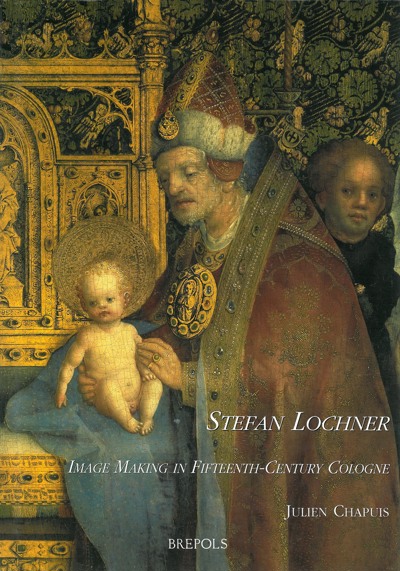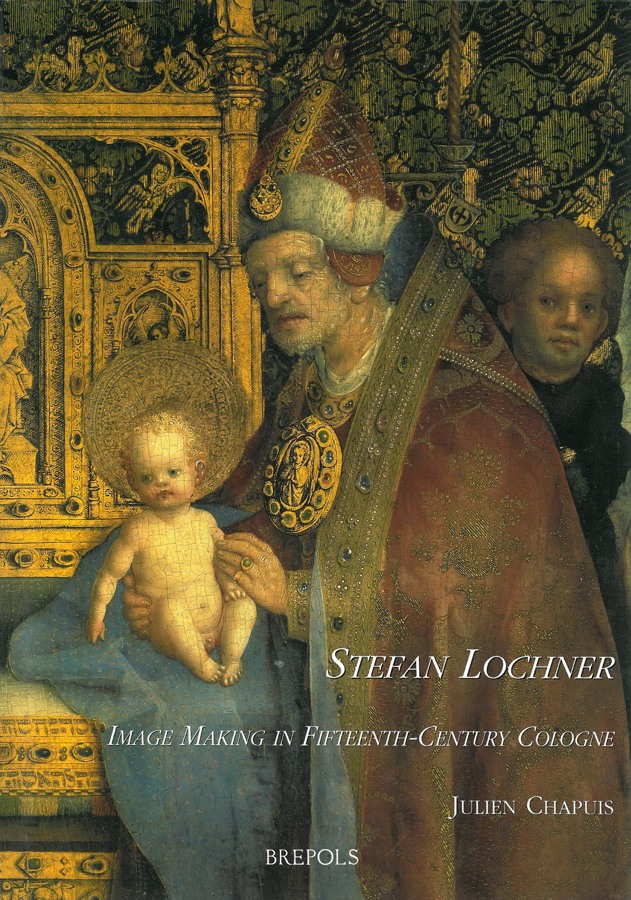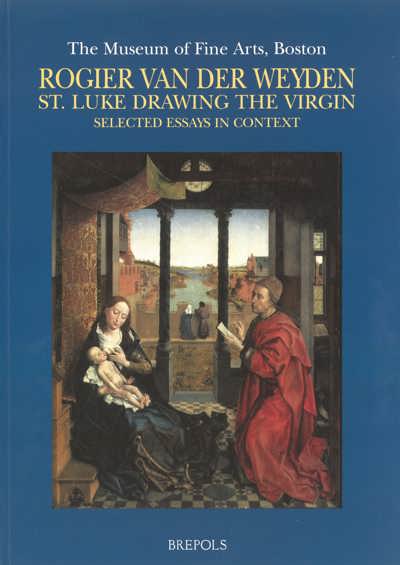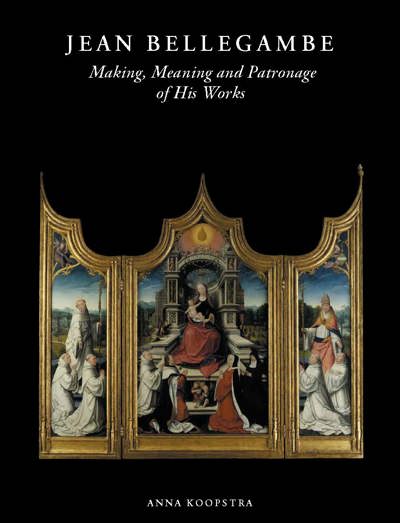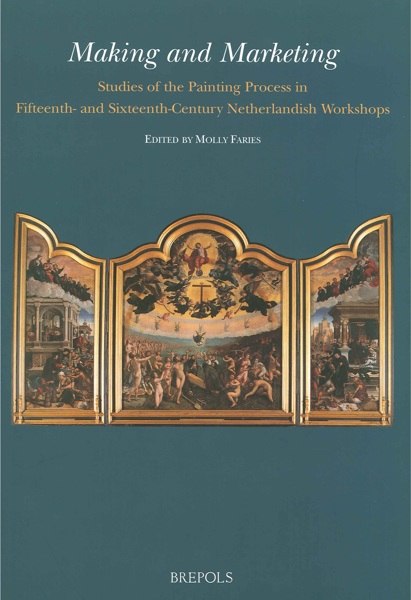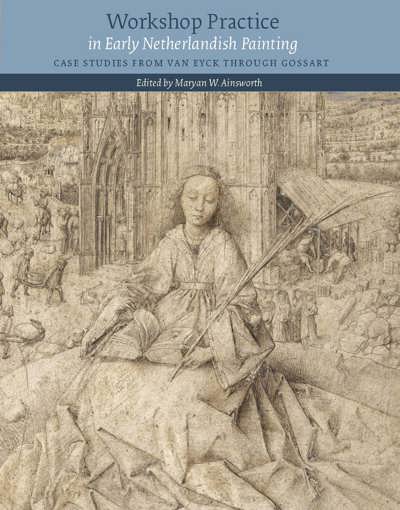
Stefan Lochner. Image Making in Fifteenth-Century Cologne
With contributions by Peter Klein and Truus van Bueren
Julien Chapuis
- Pages: 328 p.
- Size:210 x 297 mm
- Illustrations:224 b/w, 48 col.
- Language(s):English
- Publication Year:2004
- € 125,00 EXCL. VAT RETAIL PRICE
- ISBN: 978-2-503-50567-1
- Hardback
- Available
This monograph re-evaluates the oeuvre ascribed to Stefan Lochner in the light of an extensive examination of his works with infrared reflectography, revealing Lochner to be draughtsman practicing a style quite new at the time.
"Julien Chapuis's book is to be welcomed, both for making Lochner's work more accessible and for drawing attention to its exceptional qualities." (S. Foister in The Burlington Magazine, March 2005, CXLVII, p.188-189)
"Die frische Herangehensweise an ein viel diskutiertes Thema verleiht dem Buch einen hohen Standard und bleibende Bedeutung." (. Scherer in Sehepunkte, 5 (2005), nr. 1, 15.01.2005)
The sumptuous paintings of Stefan Lochner (d. Cologne 1451) are among the most familiar yet least understood images of the late Middle Ages. His depictions of the Virgin and Child have entered the popular imagination as models of sweetness and grace, values superficially attached to them since their rediscovery two hundred years ago. Appreciation of Lochner’s achievements has also been impeded by criticism that artificially judges him in terms of perceived realism. Both attitudes have blinded us to Lochner’s creativity and invention.
This book explores Lochner’s oeuvre from various vantage points. Tracing current conceptions of the artist back to the earliest recorded testimonies, it first reviews Lochner’s changing critical fortunes. A perceptual account of Lochner’s major paintings and illuminated manuscripts follows, clarifying the artist’s passion for the nature of representation and the different ways in which he engages the viewer. In addition, study of Lochner’s works by means of infrared reflectography reveals a draftsman of the first order: his complex underdrawings foreshadow Martin Schongauer’s graphic style of forty years later. Lochner’s atelier and the different forms of collaboration that took place within it are the focus of a separate chapter. The book then identifies criteria in his images that contemporaries would have valued, such as his enduring engagement with the goldsmith’s art, which typifies the manner in which his technical versatility enhanced the sensorial and emotive appeal of his images. An excursus examines painting in Cologne at the end of Lochner’s career, while a catalogue provides basic information on all the paintings associated with Lochner and discusses the reflectography of most of them. The appendices contain Truus van Bueren’s transcription and translation of all the known documents related to Lochner, the regulations of the Cologne painters’ corporation, and Peter Klein’s dendrochronological findings on Lochner’s panels.
The first monograph on Stefan Lochner since 1938, this book is richly illustrated with 69 color plates and 225 black-and-white reproductions; it includes a bibliography and index.
